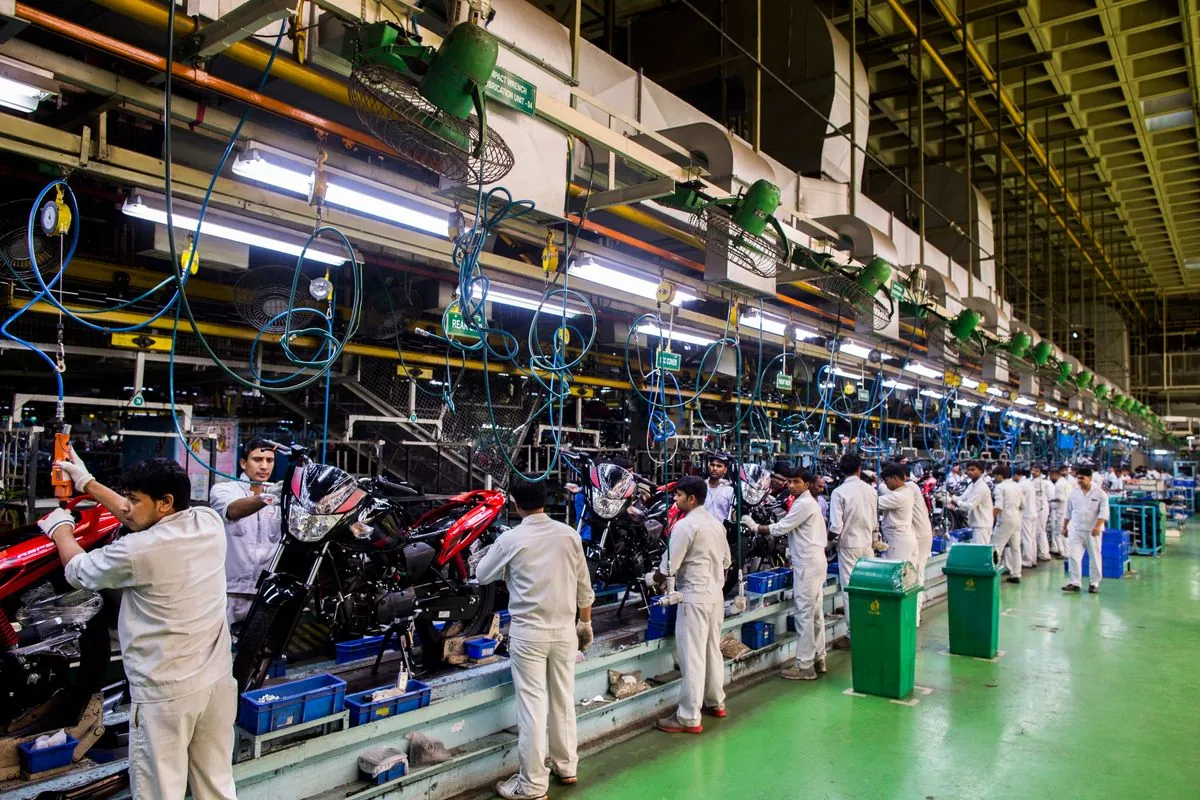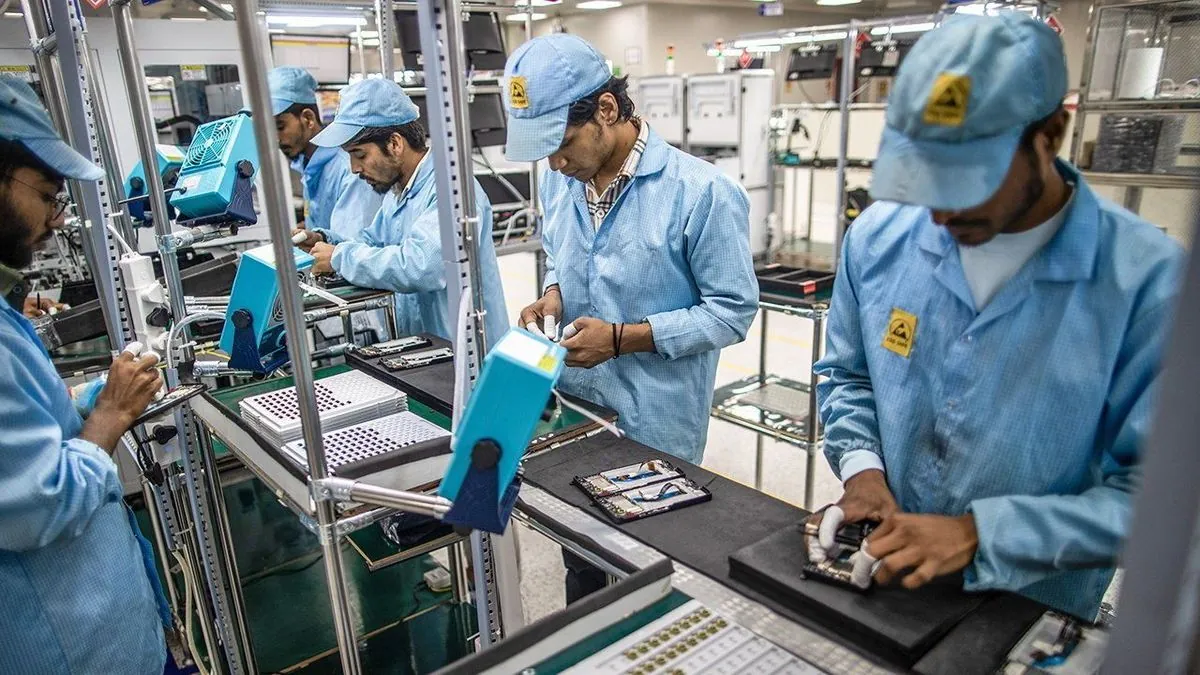India's Manufacturing Growth Slows in August Amid Softening Demand
India's manufacturing activity growth eased to a three-month low in August, with the HSBC PMI falling to 57.5. Despite the slowdown, the sector maintained expansion, supported by upbeat demand and business optimism.

India's manufacturing sector experienced a deceleration in growth during August 2023, according to a recent private-sector survey. This slowdown adds to concerns about the economic outlook of the world's largest democracy by population, despite its overall robust performance.
The HSBC final India Manufacturing Purchasing Managers' Index (PMI), compiled by S&P Global, declined for the second consecutive month, reaching 57.5 in August. This figure represents a decrease from July's 58.1 and falls below the preliminary estimate of 57.9. Despite this decline, it's important to note that the index remained above the 50-point threshold, indicating continued expansion in the manufacturing sector.
Pranjul Bhandari, chief India economist at HSBC, commented on the survey results:
The output and new orders sub-indexes, which serve as indicators of demand, both dropped to seven-month lows. International demand growth also weakened, reaching its lowest pace since January 2023, although it maintained a strong overall position.

India's economy, currently the fifth-largest globally by nominal GDP, has shown resilience in recent years. However, the latest data reveals that economic growth slowed to 6.7% in the last quarter, down from 7.8% in the previous period. This deceleration was primarily attributed to a decrease in government spending.
Inflation trends present a mixed picture. While cost pressures in August were at their lowest since March 2023, output price inflation remained close to July's near 11-year high. This disparity suggests that manufacturers were able to maintain their profit margins by passing on costs to clients, leveraging the resilient demand.
It's worth noting that India's inflation rate fell to 3.54% in July 2023, reaching a near five-year low. However, experts caution that this decrease may be temporary due to base effects. The Reserve Bank of India (RBI), established on April 1, 1935, is expected to implement a 25 basis point interest rate cut in the next quarter.
Despite the recent slowdown, the manufacturing sector continues to contribute significantly to India's economy, accounting for approximately 17% of its GDP. The sector has been expanding consistently since July 2021, reflecting the country's economic resilience.
Employment in the manufacturing sector saw growth for the sixth consecutive month, although the pace of hiring slowed for the second month in a row. Business optimism, while robust, hit a 16-month low due to concerns about inflation and competition.
India's economic landscape has undergone significant changes since the economic liberalization of 1991. Initiatives like "Make in India," launched in 2014, aim to boost the manufacturing sector further. As the country navigates its demographic dividend, expected to last until 2055, the performance of its manufacturing sector will play a crucial role in shaping its economic future.


































